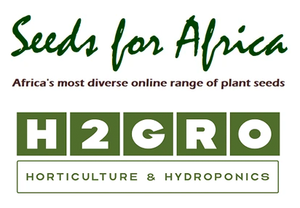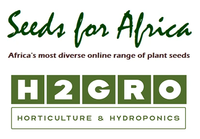Moringa Oleifera - Tree - Medicinal - Seeds
Regular price R16.00 Save Liquid error (snippets/product-template line 133): Computation results in '-Infinity'%
|
Common names include moringa, and drumstick tree, from the appearance of the long, slender, triangular seed pods, horseradish tree, from the taste of the roots which resembles horseradish, or ben oil tree, from the oil derived from the seeds. The tree itself is rather slender, with drooping branches that grow to approximately 10m in height. In cultivation, it is often cut back annually to 12 meters and allowed to regrow so the pods and leaves remain within arm's reach. Many parts of the moringa are edible. Regional uses of the moringa as food vary widely, and include: The immature seed pods, called "drumsticks", popular in Asia and Africa. Leaves, particularly in the Cambodia, Philippines, South India, Sri Lanka and Africa. Mature seeds. Oil pressed from the mature seeds. Roots. In some regions, the young seed pods are most commonly eaten, while in others, the leaves are the most commonly used part of the plant. The flowers are edible when cooked and are said to taste like mushrooms. The bark, sap, roots, leaves, seeds, oil, and flowers are used in traditional medicine in several countries. In Jamaica, the sap is used for a blue dye. USDA Zone - 10 Season to Sow - Spring |





